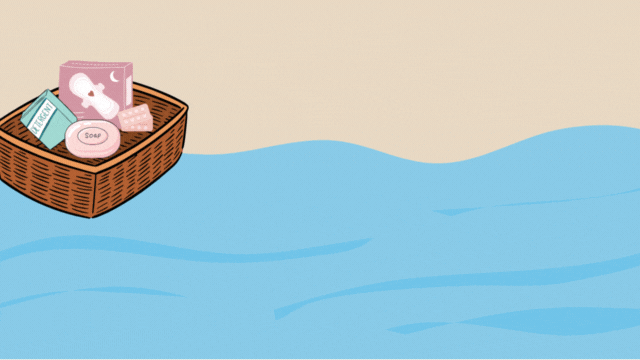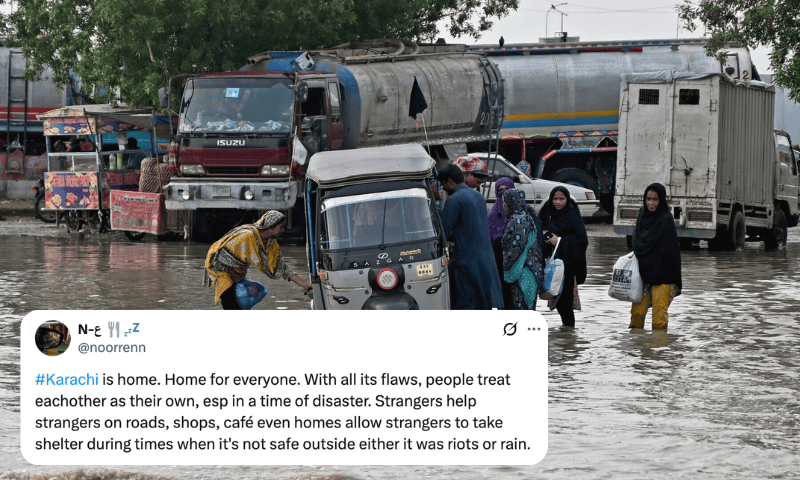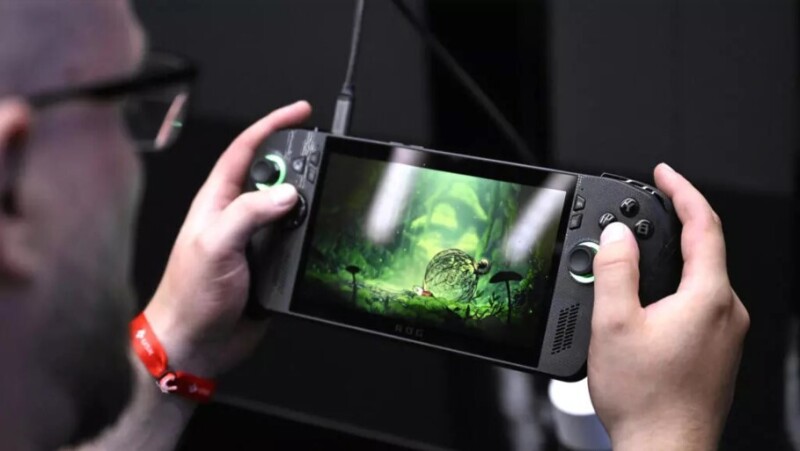You can now turn yourself into a Studio Ghibli-style character with AI, but should you?
You can turn yourself or anyone you know into a Studio Ghibli-style character with OpenAI’s newest image generation technology. But should you?
On Tuesday, OpenAI launched its “most advanced image generator yet,” built into GPT‑4o. The generator features a “natively multimodal model capable of precise, accurate, photorealistic outputs.”
The launch resulted in a flurry of Studio Ghibli-styled animations on our feeds, with fans of the cult-favourite Japanese studio behind films like Kiki’s Delivery Service, Spirited Away, and My Neighbor Totoro obsessing over its results.



Sam Altman, CEO of OpenAI, also hopped on the trend, changing his X profile picture to a Ghibli-style image. In a tweet, he wrote, “> be me > grind for a decade trying to help make superintelligence to cure cancer or whatever > mostly no one cares for first 7.5 years, then for 2.5 years everyone hates you for everything > wake up one day to hundreds of messages: ‘look i made you into a twink ghibli style haha.’”
Why Studio Ghibli fans should think twice
It’s simple. Hayao Miyazaki wouldn’t be pleased with OpenAI’s latest development or the trend. The co-founder of Studio Ghibli has previously expressed strong disapproval of AI-generated animation.
In a 2016 meeting where he was shown an AI animation demo by Dwango of a crawling, disfigured human figure, Miyazaki said, “I am utterly disgusted. If you really want to make creepy stuff, you can go ahead and do it. I would never wish to incorporate this technology into my work at all.”
So, real fans of the studio would know about and respect Miyazaki’s views, even if that meant missing out on a trend that could be mistaken as a tribute to the studio itself.
The copyright dilemma
Lest we forget, replicating an art style — whether by a person or an AI — raises serious copyright and ethical questions. While AI doesn’t “steal” in the traditional sense, it learns patterns from vast datasets, which may include copyrighted works. The key question is whether using AI to mimic an established artistic style qualifies as infringement.
Earlier this month, Hollywood actors and other creatives voiced concerns about OpenAI and other companies’ efforts to “weaken or eliminate” protections on copyrighted works for training AI systems.
More than 400 filmmakers, actors, musicians and others objected to what they said was lobbying by OpenAI and Google “for a special government exemption so they can freely exploit America’s creative and knowledge industries.”
A federal judge ruled that the New York Times, along with other newspaper groups, are allowed to proceed with a copyright lawsuit against OpenAI and Microsoft in which they seek to force the AI companies to stop using their content to train chatbots like ChatGPT.
In a statement, OpenAI said it looked forward to “making it clear that we build our AI models using publicly available data, in a manner grounded in fair use, and supportive of innovation.”
But does using “publicly available data,” especially artwork, to train AI models for creative needs mean infringement hasn’t occurred? Does that also mean content produced by AI is truly original, especially when the text prompt being acted upon is quite literally, “make Studio Ghibli-style animation”?
Users on X argued the same:


Tech Crunch quoted Evan Brown, an intellectual property lawyer, saying that products like GPT-4o’s native image generator operate in a legal grey area today.
He argued that style is not explicitly protected by copyright, meaning OpenAI does not appear to be breaking the law simply by generating images that look like Studio Ghibli movies.
There is also no public confirmation that OpenAI trained its models using frames from Ghibli films. However, courts are still deciding whether training AI models on copyrighted works without permission falls under fair use protections.
In a statement to TechCrunch, an OpenAI spokesperson said that while ChatGPT doesn’t replicate “the style of individual living artists,” OpenAI allows it to replicate “broader studio styles.”
Where is the line?
When AI image generation initially came out, some clear markers helped identify whether an animation or image was AI-generated. These included flaws such as missing or misplaced fingers, overlapping objects, or unnatural distortions. This also sparked debates about how long it would take AI to replace human creativity.
However, with OpenAI’s ultra-precise image generation, it is becoming eerily clear that AI could soon replace human artists in commercial settings. The ability to generate convincing, high-quality animations at scale makes it more difficult to distinguish real art from AI-generated imitations.
It also raises concerns about how easily AI-generated content can be monetised, potentially undercutting human artists who have spent years honing their craft.
An Instagram influencer who goes by the username Askcatgpt made a video juxtaposing earlier AI-generated images with recent ones to highlight the same issue.
The environmental cost of generating AI images
Beyond ethical and legal concerns, AI image generation also carries an environmental cost.
AI models, especially those designed for high-resolution image synthesis, require substantial computing power. Running these models in data centres consumes vast amounts of electricity, contributing significantly to carbon emissions.
We have learnt that training large AI models can have a carbon footprint comparable to that of multiple transatlantic flights. The more we rely on AI for creative output, the more pressing it becomes to address its energy consumption. As AI-generated media becomes increasingly prevalent, tech companies must prioritise sustainable computing practices to mitigate its environmental impact.
So the question is no longer about what AI can do but whether we should let it define the future of art by allowing it to do what we, humans, have essentially trained it to do.

As Usman Riaz, the man behind Pakistan’s first hand-drawn animated film, The Glassworker, said, “Al is the future — but it’s a tool, not the artist.”















Comments